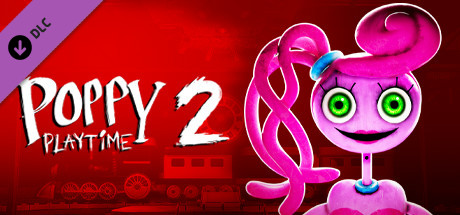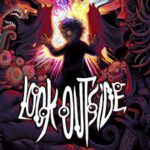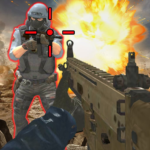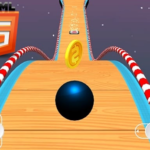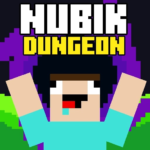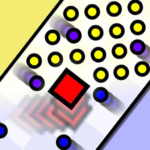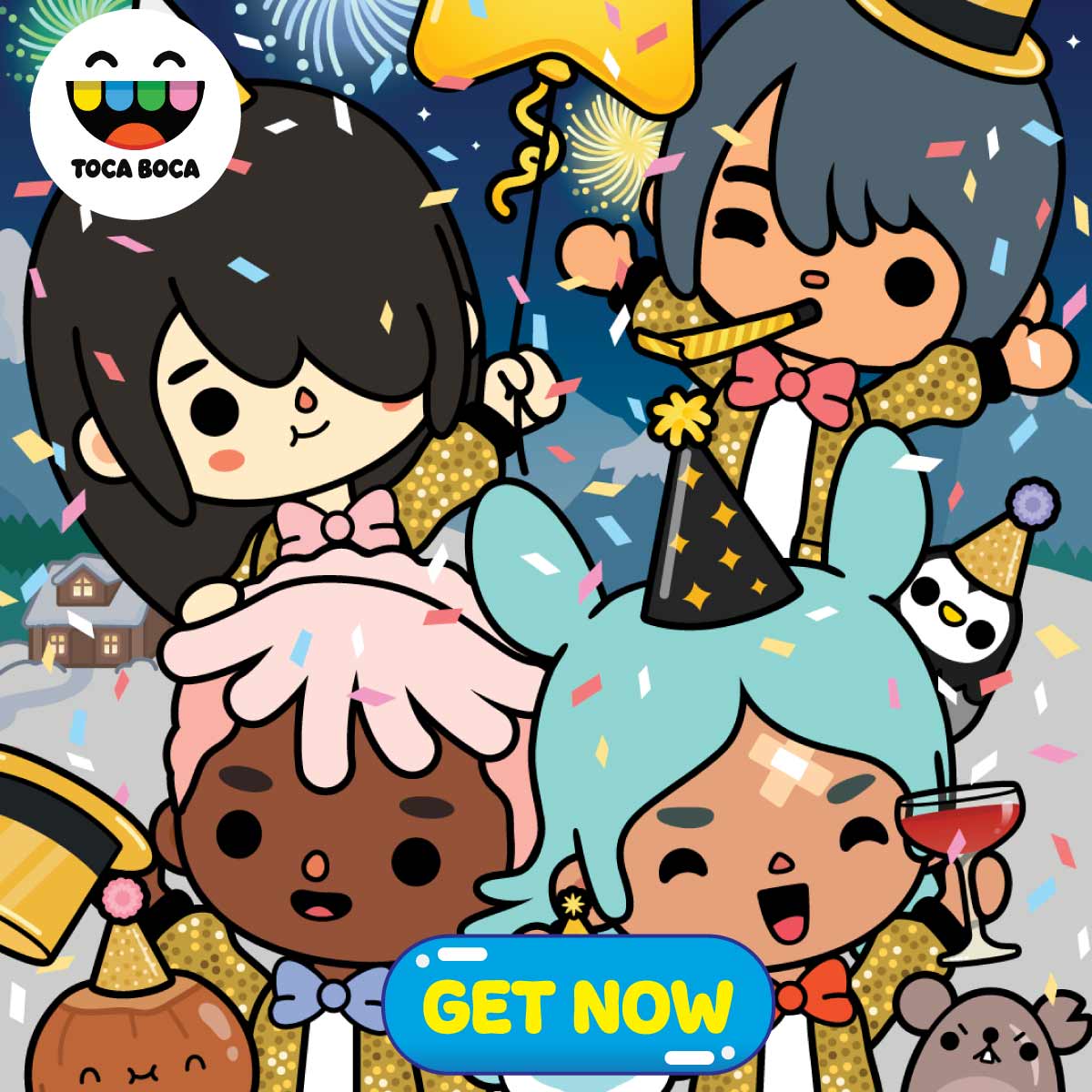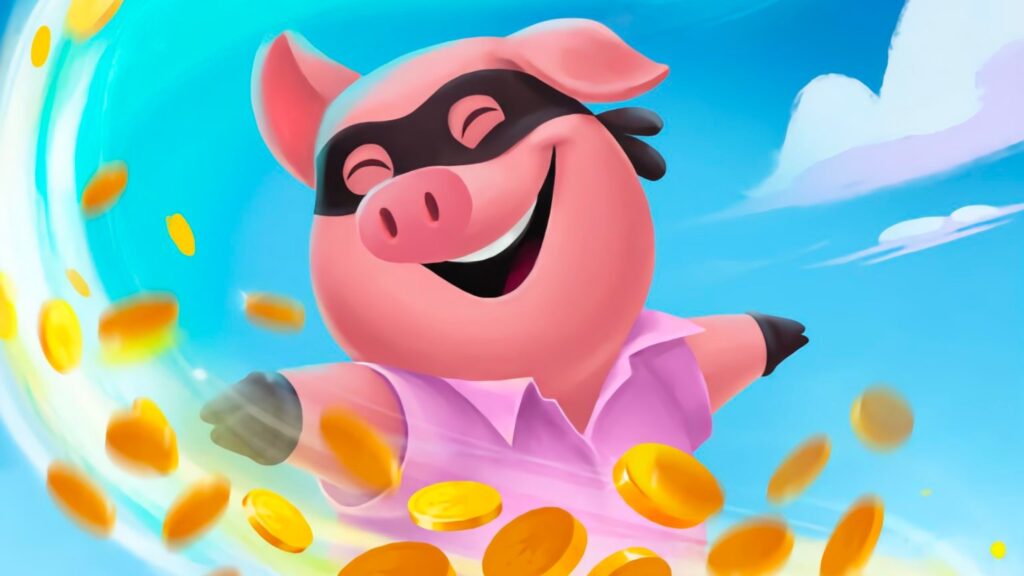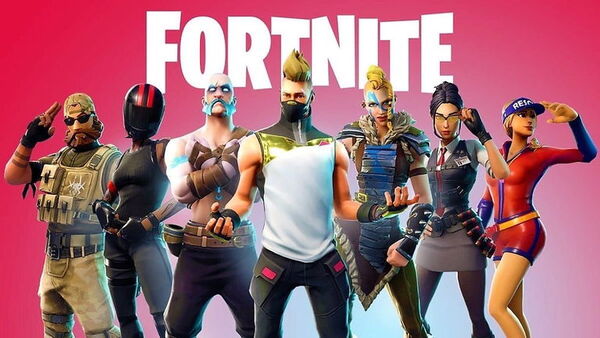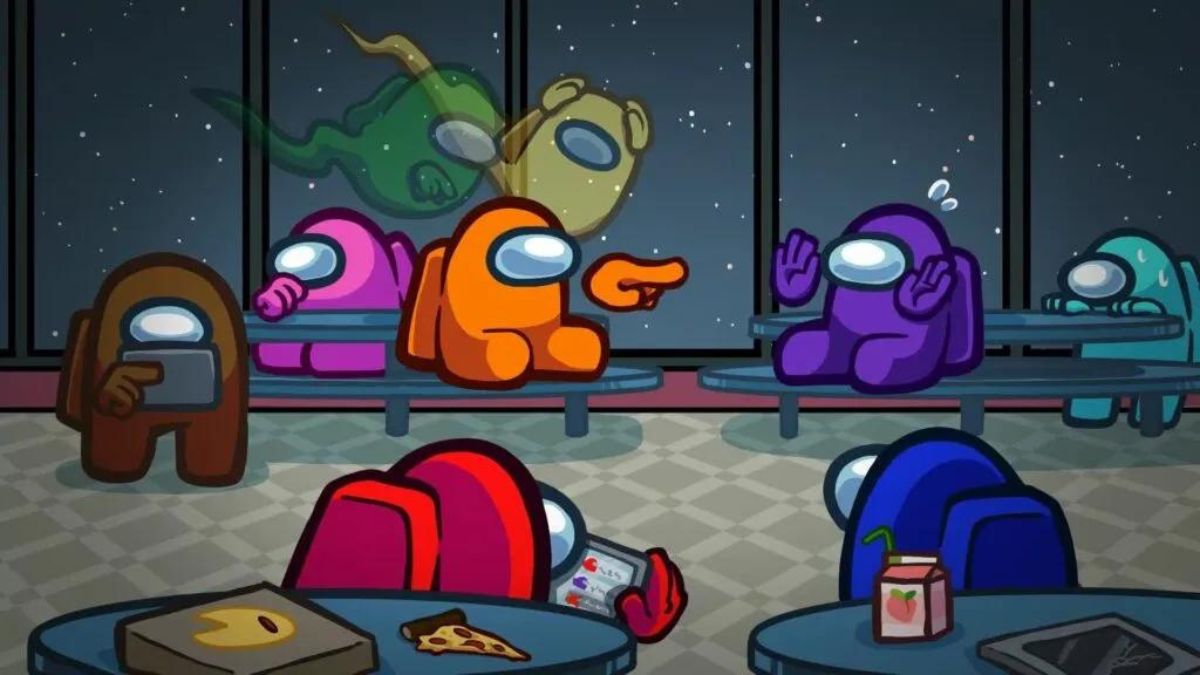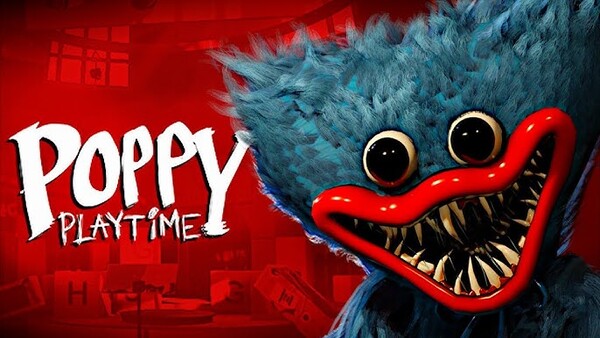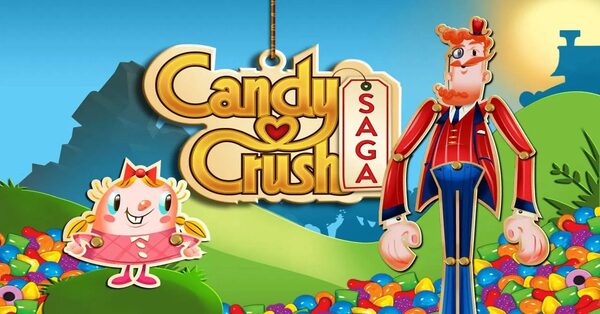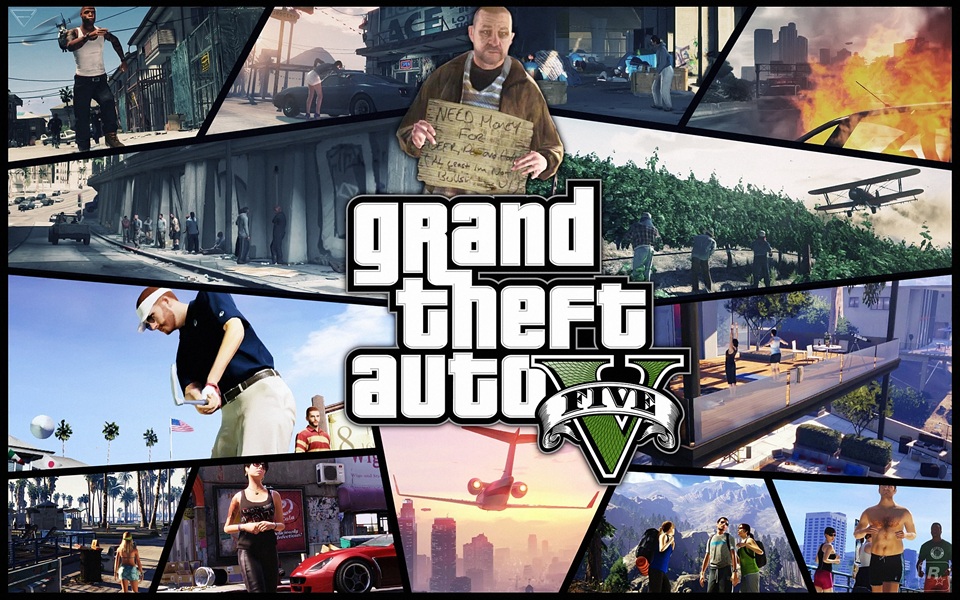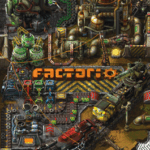Following the viral success of Poppy Playtime: Chapter 1, developer MOB Games returns with Chapter 2: Fly in a Web—an ambitious continuation that dives deeper into the twisted world of Playtime Co. No longer confined to a single hallway or blue-furred predator, this chapter introduces new characters, elaborate puzzles, and the ever-creeping presence of an antagonist known only as Mommy Long Legs.
Chapter 2 raises the stakes by expanding the factory into a full-fledged labyrinth of horror, blending childlike innocence with mechanical dread. Players take on the role of the same unnamed protagonist, journeying further into the toy production complex, where every corner hides forgotten experiments, corrupted machines, and long-lost screams.
This article explores every major gameplay element, narrative thread, and design choice that makes Poppy Playtime – Chapter 2 both a chilling sequel and a giant leap in horror storytelling.
1. Story Overview: The Web Gets Tangled
Chapter 2 picks up immediately after the events of Chapter 1. Having survived the terror of Huggy Wuggy and retrieved the Poppy doll, the player is thrust deeper into the abandoned toy factory. But instead of finding answers, they awaken a new nightmare.
Mommy Long Legs, a terrifying stretchy-limbed figure inspired by 90s plastic dolls, becomes the central antagonist. She’s not just visually unnerving—she talks, teases, and manipulates you throughout the chapter, creating a more psychologically disturbing presence than Huggy Wuggy ever did.
The story unravels the factory’s dark past: abandoned children, corrupted experiments, and the sentient toys who remember. This narrative foundation supports a stronger emotional arc, pulling the player into the factory’s buried trauma.
2. Introducing Mommy Long Legs
If Huggy Wuggy was a jumpscare monster, Mommy Long Legs is a psychological threat. With her eerie charm and elastic limbs, she stalks the player throughout the chapter, alternating between maternal sweetness and unpredictable rage.
Her voice acting—playful but chilling—sets the tone. She talks to the player like a child, even rewarding their progress with praise and encouragement… until she turns.
Gameplay-wise, she’s ever-present. You’ll feel her watching you, hear her crawling above, and eventually run from her in one of the game’s most intense sequences. She’s a terrifying evolution of the franchise’s core monster concept.
3. The Factory Expands: New Areas to Explore
Chapter 2 introduces new zones within Playtime Co., transforming the game from hallway horror to full environmental exploration. Key areas include:
-
Game Station: A childlike hub connecting puzzles, games, and train systems.
-
Wack-A-Wuggy Arena: A tense minigame where Huggy variants pop out of holes.
-
Statues Room: A haunting obstacle course with unpredictable toy statues.
-
The Deep Tunnels: A web-covered, dimly lit maze where Mommy hunts you.
Each area has its own theme, atmosphere, and mechanics. The design mixes cartoon-like innocence with decaying machinery, reinforcing the horror of corrupted childhood dreams.
4. Gameplay Mechanics: More Than Just Running
Chapter 2 greatly improves gameplay complexity. The GrabPack now has green energy capabilities, allowing players to transfer power between generators—expanding puzzle dynamics. Players also climb, swing, and use physics-based tools to solve increasingly elaborate challenges.
Puzzles require logic, observation, and sometimes quick reflexes. They often hide secrets, and missing clues can result in fatal errors.
Unlike the mostly linear path of Chapter 1, Chapter 2 invites backtracking and exploration. It rewards curiosity and punishes impatience.
5. Sound Design and Atmosphere
What truly makes Chapter 2 memorable is its sound design. From the distant clicking of Mommy’s limbs to the soft music-box melodies in the Game Station, every sound is deliberate.
Whispers echo in vents. Machines groan with ancient rust. Toy voices loop on broken repeaters. The ambiance creates an oppressive tone, where even silence is uncomfortable.
The soundtrack blends innocence with menace, layering soft lullabies with low rumbles and stingers that spike during chases or discoveries.
6. Chase Sequences and Horror Tension
Chapter 2 features several scripted chases that raise heart rates and test player reflexes. The most iconic is the final pursuit through an industrial death maze, where Mommy Long Legs contorts and shrieks through narrow tunnels behind you.
Unlike Chapter 1, where Huggy had one major scare, Mommy returns repeatedly. Each encounter escalates in speed and intensity. The longer you survive, the more aggressive she becomes.
The level design accommodates multiple escape paths and fake-outs, adding replay value and keeping the tension fresh.
7. Lore and Hidden Clues
Poppy Playtime thrives on its hidden narrative, and Chapter 2 is filled with collectible VHS tapes, hidden notes, and cryptic audio logs. They hint at unethical experiments, the mysterious disappearance of employees, and the involvement of a mysterious entity called Experiment 1006.
The story doesn't tell you everything—it invites you to piece together the horror. Who created the toys? Why did they turn on humans? What happened to the children?
These mysteries give weight to every dark hallway. You're not just trying to survive—you’re uncovering the factory’s sins.
8. Visual Evolution and World-Building
Visually, Chapter 2 is a major leap forward. The environments are more dynamic, colorful, and grotesquely detailed. Bright murals contrast with exposed wires and bloodstained walls. Giant, smiling toy heads loom in empty rooms.
Lighting is used expertly. Brightly lit zones lull you into safety—only for sudden darkness or shadow movement to snap you back to fear.
This isn’t just a bigger game—it’s a richer one. The world of Playtime Co. feels alive, decaying, and constantly watching you.
